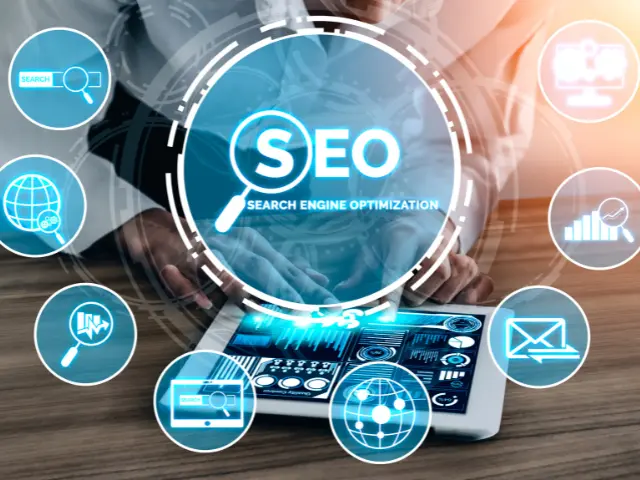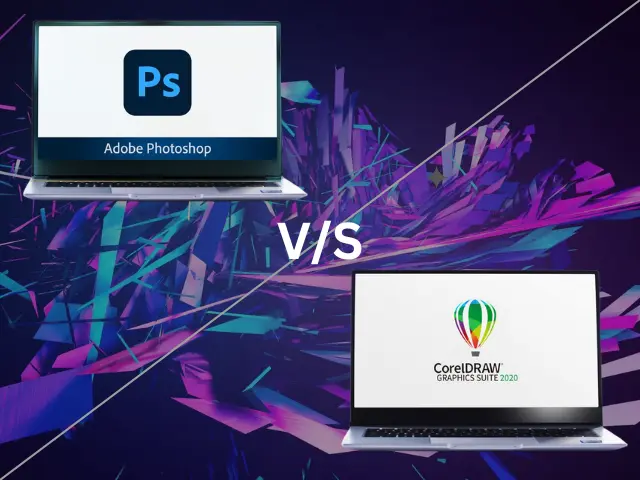Why web development is important for business?
10 Reasons Why Web Development Is Important for All Types of Businesses In the digital age, a strong online presence is essential for businesses of all sizes and industries. A well-designed and functional website is pivotal in establishing credibility, reaching a wider audience, and driving business growth. Web development, the process of building and maintaining websites, is an essential investment for businesses. In this article, we’ll examine 10 compelling reasons why web development is important for companies of all kinds. 1. Enhanced Online Visibility In today’s competitive business landscape, standing out from the crowd is vital. A professionally developed website helps your business gain visibility in the vast online marketplace. It allows potential customers to find you easily, explore your products or services, and learn more about your brand. With a website, you can avoid being overlooked by potential customers who turn to the internet as their primary source of information. 2. 24/7 Availability Unlike traditional brick-and-mortar stores with limited opening hours, our website is available 24/7. Customers can visit your website at any time to gather information, make purchases, or reach out for support. This level of accessibility ensures that your business is always accessible to potential customers, regardless of their time zone or schedule. 3. Increased Reach and Customer Base A well-optimized website enables businesses to expand their reach beyond geographical boundaries. By targeting relevant keywords and employing effective SEO strategies, your website can attract visitors from different regions and countries. This expanded reach opens up new opportunities for business growth and helps you tap into previously untapped markets. 4. Improved Customer Engagement A website serves as a powerful platform for engaging with customers. Through interactive features such as contact forms, live chat support, and social media integration, you can actively communicate and build relationships with your audience. Engaging with customers on your website fosters trust, encourages repeat visits, and enhances customer loyalty. 5. Showcasing Products and Services Your website acts as a virtual storefront, allowing you to showcase your products or services in a visually appealing and informative manner. You can provide detailed descriptions, high-quality images, and even interactive media to highlight the unique features and benefits of what you offer. This comprehensive presentation helps potential customers make informed decisions and increases the likelihood of conversion. 6. Establishing Credibility and Trust In this digital world, consumers expect businesses to have an online presence. A professionally designed website instils confidence in your brand and establishes credibility. It serves as a platform to showcase your expertise, share testimonials and case studies, and present your brand’s values and mission. A well-crafted website builds trust with potential customers, making them more likely to choose your business over competitors. 7. Seamless Customer Support A website allows you to provide efficient and seamless customer support. By integrating features such as FAQs, knowledge bases, and support ticket systems, you can address customer inquiries and issues promptly. This improves customer satisfaction and helps build a positive reputation for your business. 8. Data Collection and Analytics Web development enables businesses to collect valuable data about their website visitors and their behaviours. Through tools like Google Analytics, you can gain insights into user demographics, browsing patterns, conversion rates, and more. This data-driven approach empowers you to make informed decisions, optimize your website’s performance, and tailor your marketing strategies to better target your audience. 9. Competitive Advantage Having a well-designed and functional website gives your business a competitive edge. In industries where online presence is prevalent, a robust website can differentiate your business from competitors who lack a strong digital presence. It allows you to showcase your unique selling propositions, communicate your brand’s value, and attract customers who are increasingly turning to the Internet for their purchasing decisions. 10. Scalability and Adaptability Web development provides businesses with the flexibility to scale and adapt to changing market trends and customer preferences. As your business grows, your website can be easily expanded and updated to accommodate new products, services, or functionalities. Additionally, web development allows for the integration of emerging technologies and platforms, ensuring that your business stays relevant and competitive in the ever-evolving digital landscape. Conclusion In conclusion, web development is not just a luxury; it is a necessity for businesses in today’s digital age. A well-designed website offers enhanced visibility, increased reach, improved customer engagement, and establishes credibility. It serves as a powerful marketing tool, providing opportunities for growth and helping businesses stay competitive in the online marketplace. Embracing web development is an investment that yields long-term benefits and is essential for all types of businesses looking to thrive in the digital realm. Ready to get started learning Web Developement? Register for a free demo Get more details regarding Powerpoint Phone no. 9988-500-936 Address SCF 22, First floor, GTB Market, Khanna Website www.microwavecomputer.com Opening Hours 08:30 am – 06:00 pm Why web development is important for business? Best Programming Languages To Learn In 2024 What is SEO and Its Role to Grow Business? Photoshop vs. CorelDRAW: Which Is Better for Graphic Designing? Is it possible to get a job in the IT industry after taking IT courses? In today’s competitive business landscape, standing out from the crowd is vital. A professionally developed website helps your business gain visibility in the vast online marketplace. It allows potential customers to find you easily, explore your products or services, and learn more about your brand. With a website, you can avoid being overlooked by potential customers who turn to the internet as their primary source of information. Leave a Reply Cancel Reply Logged in as admin. Edit your profile. Log out? Required fields are marked * Message*




